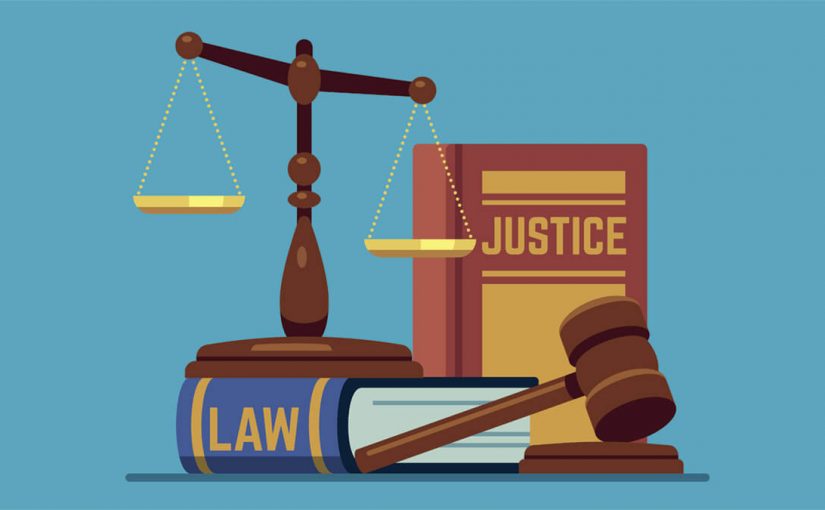By Dr Olav Albuquerque
TRIAL court judges throughout India form the lowest level of the judiciary because they are fact-finders. Their job is to ascertain whether the person charged with a murder has really committed the murder or not. They do this by using their tools which are the Indian Evidence Act (1872), the Criminal Procedure Code (1973) and the over 125-year-old Civil Procedure Code which is cumbersome and unwieldy.
Goa is no exception to what happens throughout the rest of India. Trial court judges are in a hurry to dispose of matters because their promotions and reputation is at stake. Laypersons do not understand this but the work of all judges is strenuous and mentally exhausting. They have to record evidence while observing the demeanour of a witness, note any discrepancies in what he has told the police and what he tells the court.
Another secret of trial court judges is they read the evidence from back-to-front. They have to see the relevance of the witness, whether he really was an eyewitness to a crime or his evidence can be discarded as hearsay. This is simply because a cardinal rule of evidence is a witness can only depose in the witness box as to what he has seen or heard and not otherwise.
If he deposes what a murder victim told him before he died, this is called a dying declaration which is an exception to the rule of hearsay. The hearsay rule lays down that when you do not directly see or perceive something with your senses, what you depose is called hearsay and can safely be discarded in court. This will ultimately result in the acquittal of a murderer who may, in fact have committed the murder. Unless there are witnesses who will corroborate what the investigating officer has discovered, the murderer walks free.
JUDICIAL PARAMETERS
TODAY, the trial court judges are evaluated on their Annual Confidential Reports (ACRs) prepared by high court judges who assess the performance of the trial court judges based on several parameters. Their ACRs are based on the number and categories of cases disposed, resolution of old cases which have clogged the dockets of the trial courts, their quality of judgments based on knowledge of Supreme Court precedents and exceptions woven into the statutory law, apart from other parameters.
These trial court judges are given points based on the type of cases they have decided, the speed with which they have decided these cases, and finally how well-reasoned are their judgments. The Supreme Court has set up a cell to evaluate the performance of high court judges, which include the number of reported judgments and their disposal rate.
What needs to be redressed for the trial court judges who rarely reach the high court unless they have joined the judiciary at a very young age are the timeline to deliver judgments which is why some trial court judges are in a hurry to dispose of matters. The present ACRs do not give weightage to the administrative duties discharged by trial court judges. Each judge has a staff of five to six persons attached to his court room. He has to ensure the typist is there to record what he dictates and the bench clerk is present on time to call out the matters.
EMPHASIS ON QUALITY
RATHER than scrap the entire system of evaluating trial court judges, what is needed is that the present system of evaluating trial court judges can be built upon by identifying broader, authentic and multiple parameters that go beyond mere quantitative outputs. There should be a greater emphasis placed on the quality of judgments while observing judicial ethics and fairness plus efficiency in controlling witnesses in court, being neutral towards the prosecution and the defence counsels.
Some of the criterion used today such as the quality of judgments is subjective but that is not always a bad thing. To increase objectivity, it will be necessary to consult a wider panoply of judges and not restrict the evaluation to just the guardian judge of the centre of courts.
For example, each senior high court judge acts as the guardian judge of a particular centre of courts such as the family courts, the magistrates’ courts, the sessions courts, or the administrative tribunals. This is why it is imperative to reward “Super performing” trial court judges. Justice Abhay Thipsay started his judicial career as a magistrate in the Esplanade Court in Mumbai but rose to become a sessions judge where he was selected to conduct the BEST bakery trial in the aftermath of the 2002 Gujarat riots. He was later transferred to the Allahabad high court but returned after he retired.
GOA’S JUDGES
GOA has had very good judges like PV Sawaikar who did not make it to the high court and Justice Bharat P Deshpande who was a very good district judge and was elevated as a high court judge. Nutan Sardessai who retired from the high court was also a district judge before her elevation.
Evaluation criterion results in those who are misfits being weeded out while others who have shown talent are retained with fast track promotions. The Bombay high court has a special department called the Special Investigation Department which is a vigilance wing keeping watch over the subordinate judiciary. Their disposal rates, charges of corruption are supposed to be investigated by the two registrars who have the rank of district judges.
These registrars make a file on the recalcitrant trial court judges and place the file before the concerned guardian judge of the high court. If a cognizable case is made out, the file is placed before the chief justice who decides to take action. This is why many magistrate were compulsorily retired. In Goa, a magistrate who was elevated as a sessions judge was reverted to his original post of a magistrate because of incompetence. He was then elevated again before his retirement to ensure he at least got retirement benefits.

